Moscow, a city steeped in visible history, also hides a fascinating world beneath its bustling streets. Exploring the Moscow underground offers a unique glimpse into the city’s ambition, artistry, and secretive past. From the breathtaking opulence of its metro stations to the chilling depths of its Cold War bunkers, this subterranean realm tells a compelling story. These hidden layers reveal strategic importance, artistic vision, and a testament to human resilience. Indeed, a journey into Moscow’s subterranean world promises an unforgettable adventure for any curious traveler.
The Moscow Metro: Palaces for the People
Moscow’s Metro system is far more than just a means of transportation. It stands as a monumental work of art and a symbol of Soviet grandeur. Conceived by Stalin as “palaces for the people,” its stations showcase an astonishing array of architectural styles, materials, and artistic expressions. Construction began in the 1930s, and it was designed to be both highly functional and ideologically inspiring. Each station served as a propaganda piece, glorifying the achievements of the Soviet state. Consequently, it reflects a blend of classical, Baroque, and Socialist Realism influences.
Many stations are renowned worldwide for their unique designs. Mayakovskaya, for instance, features impressive stainless steel columns and intricate ceiling mosaics depicting “24 Hours in the Land of the Soviets.” Komsomolskaya, on the other hand, boasts elaborate Baroque-inspired decor with stunning mosaics celebrating Russia’s military victories. Novoslobodskaya mesmerizes visitors with its stained-glass panels illuminated from within, creating a cathedral-like ambiance. These stations are not merely stops; they are destinations in themselves. Furthermore, they offer an unparalleled example of public art on a grand scale. Every day, millions of Muscovites travel through these magnificent “underground palaces.”
Navigating and Appreciating Moscow Metro Tours
To truly appreciate the Moscow Metro, consider taking a specialized tour. While you can certainly explore independently, a knowledgeable guide provides invaluable historical context. They can highlight hidden details you might otherwise miss. They also share fascinating anecdotes about the metro’s construction and its wartime role as a bomb shelter. A typical Moscow metro tour usually focuses on the most famous and artistically significant stations, allowing ample time for photography and admiration.
The metro operates very efficiently. Trains run frequently, and signage is available in both Russian and English at most central stations. Therefore, navigating the system is relatively straightforward. However, the sheer scale and beauty of some stations can be overwhelming without guidance. Remember that the Metro is a working public transport system. So, try to visit during off-peak hours to avoid the intense crowds. This also allows for a more relaxed exploration of the stations’ intricate details. By using the metro, you not only travel efficiently but also embark on an incredible journey through Russian art and history, making your Moscow underground exploration truly memorable.
Moscow’s Secret Bunkers: Echoes of the Cold War
Beyond the artistic splendor of the metro, the Moscow underground hides a much darker and more secretive network: its Cold War bunkers. These subterranean fortresses were built to protect the Soviet leadership and ensure the continuity of government in the event of a nuclear attack. They represent a chilling testament to the geopolitical tensions of the 20th century. While many remain classified, a few have been declassified and opened to the public, offering a unique, immersive historical experience.
Bunker-42, also known as the Museum of the Cold War, is the most accessible and well-known of these sites. Located 65 meters (213 feet) below ground, it was a fully functional command center for long-range bombers during the Cold War. Visiting Bunker-42 is a powerful experience. You descend deep underground, passing through massive steel doors designed to withstand a nuclear blast. Inside, you explore command centers, communication rooms, and living quarters, all preserved as they were during their operational peak. Many tours include simulated nuclear attack drills, adding to the dramatic atmosphere. This allows you to truly feel the paranoia and preparation of that era.
Unveiling Subterranean Secrets: Other Moscow Bunkers and Legends
While Bunker-42 offers a tangible glimpse into Moscow’s secret underground, rumors and legends persist about an even more extensive network. “Metro-2” is the most famous of these unconfirmed subterranean systems. It is said to be a secret parallel metro line connecting key government, military, and strategic facilities. While its existence has never been officially confirmed by Russian authorities, anecdotal evidence and former Soviet officials have hinted at its reality. Exploring the concepts surrounding these hidden tunnels adds an extra layer of intrigue to any underground Moscow exploration.
These secret bunkers and rumored tunnels highlight a different aspect of the Moscow underground. They represent not public art, but strategic necessity and a profound sense of secrecy that permeated the Soviet era. Guides often share fascinating, sometimes chilling, stories about the purpose and history of these hidden spaces, bringing the Cold War era to life in a tangible way. Whether fact or fiction, these tales deepen the sense of mystery surrounding Moscow’s subterranean world.
Connecting the Depths: Metro, Bunkers, and Strategic Significance
The Moscow Metro and the secret bunkers are interconnected in more ways than just being underground. The metro lines themselves were designed with dual purposes. Many deep-level stations were built to serve as massive bomb shelters, capable of protecting hundreds of thousands of citizens. They featured thick blast doors, air filtration systems, and provisions for long-term survival. Therefore, the metro system was an integral part of Moscow’s civil defense strategy. This strategic foresight highlights the comprehensive nature of Soviet planning.
Both the metro’s ornate stations and the austere bunkers demonstrate remarkable feats of engineering. They also reflect the ideological priorities of their time. The metro showcased strength and prosperity to the masses. Meanwhile, the bunkers ensured the continuity of power in the face of existential threats. Together, they form a unique historical record of a nation’s ambitions and fears. A combined tour of these sites offers a comprehensive narrative of Moscow’s subterranean life. This truly enhances your understanding of the city’s complex history.
Tips for Exploring Moscow’s Subterranean Wonders
To make the most of your Moscow underground exploration, consider a few practical tips. Firstly, always book bunker tours in advance. They are often popular and have limited spots. Secondly, wear comfortable shoes, as both metro tours and bunker visits involve a fair amount of walking and standing. Thirdly, be prepared for cooler temperatures underground, even in summer.
For metro tours, consider purchasing a Troika card. It makes navigating the system much easier. For bunker tours, listen carefully to your guide. They provide crucial historical context and safety instructions. Remember that these are often declassified military sites, so respect the rules. Finally, allow ample time for your visits. Both the metro stations and the bunkers offer intricate details that deserve unhurried observation. By following these suggestions, your journey into Moscow’s depths will be both smooth and incredibly insightful.
In conclusion, the Moscow underground offers an extraordinary dimension to understanding this historic city. From the breathtaking artistry of its metro stations to the sobering reality of its Cold War bunkers, each subterranean space tells a powerful story. These hidden realms are not just engineering marvels; they are tangible links to different eras of Russian history. They offer a unique perspective that cannot be found above ground. So, step beneath the surface. Discover the hidden layers of Moscow. You will undoubtedly gain a deeper appreciation for its complex past and enduring spirit. This exploration will leave you with lasting memories and a profound sense of discovery.

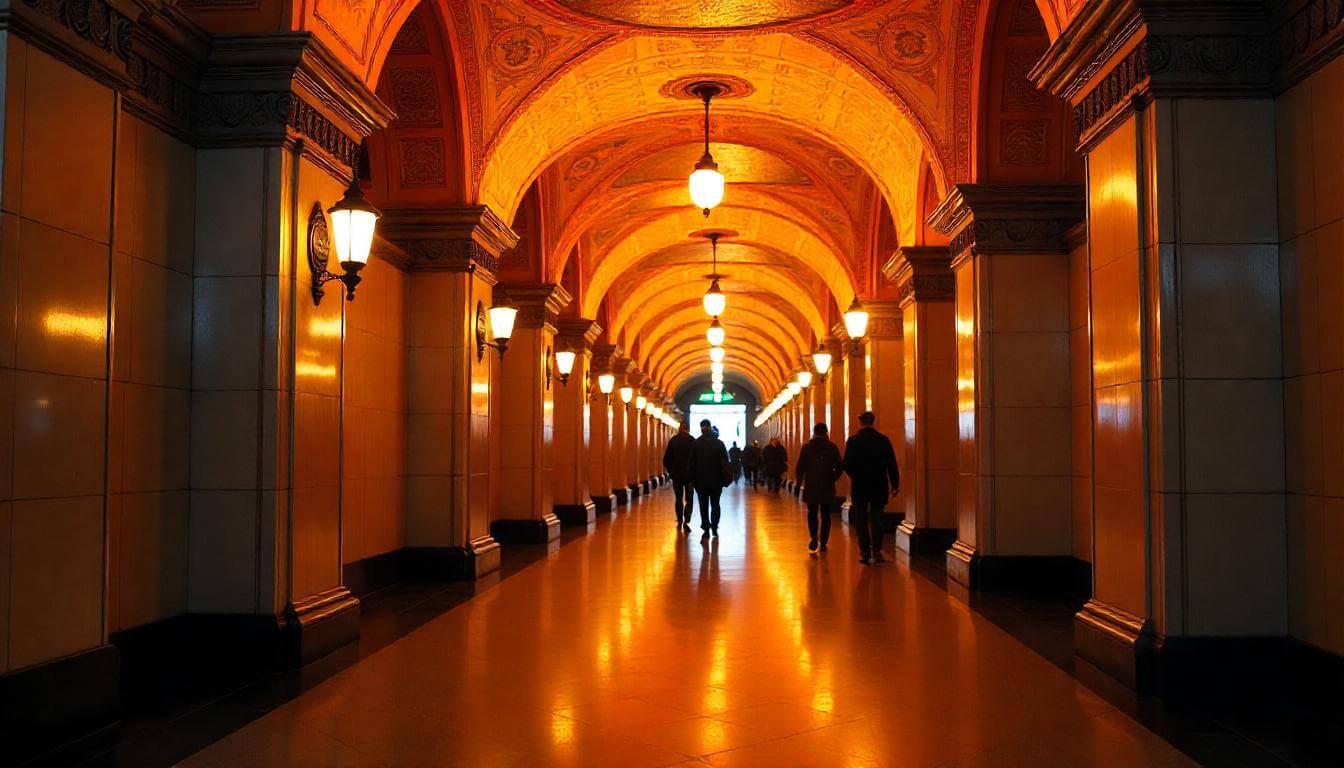 Exploring Moscow’s Underground: Metro Stations and Bunkers">
Exploring Moscow’s Underground: Metro Stations and Bunkers">

 Moscow for Solo Travelers: Safety and Itinerary Ideas">
Moscow for Solo Travelers: Safety and Itinerary Ideas">
 Exploring Moscow by Bike: Routes and Rentals">
Exploring Moscow by Bike: Routes and Rentals">
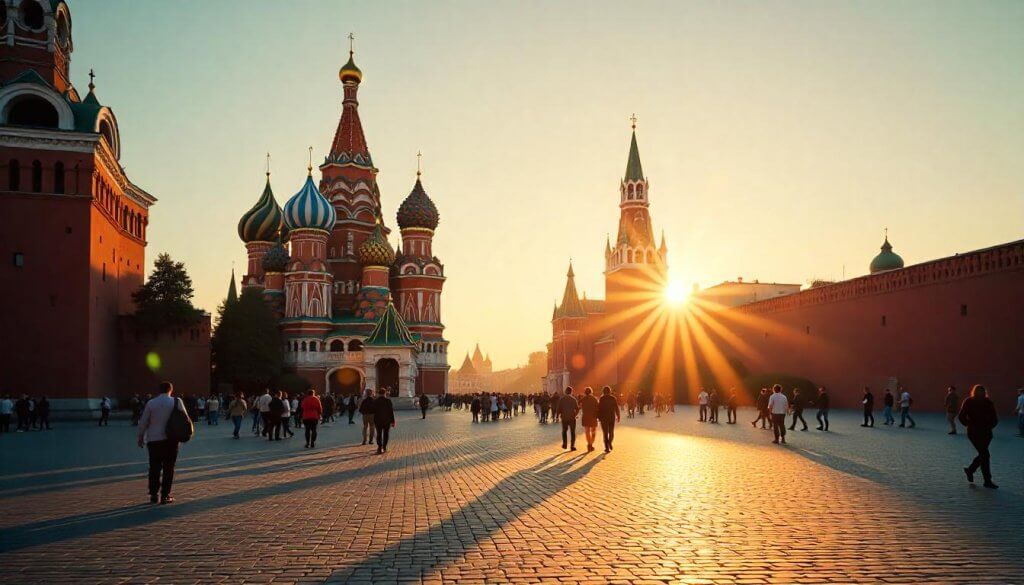 Moscow’s Best Spots for Photography Enthusiasts">
Moscow’s Best Spots for Photography Enthusiasts">
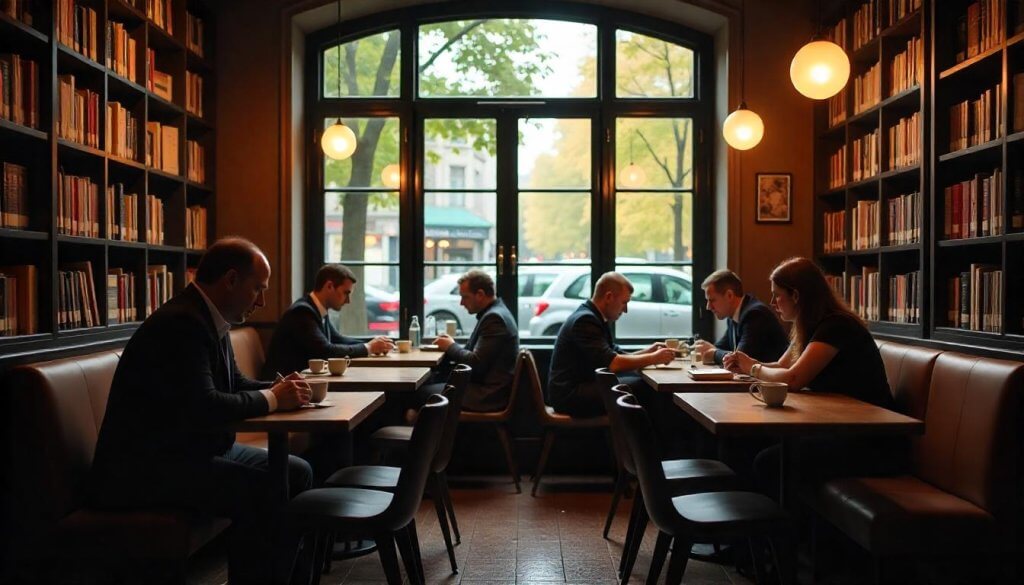 How to Plan a Rainy Day in Moscow">
How to Plan a Rainy Day in Moscow">
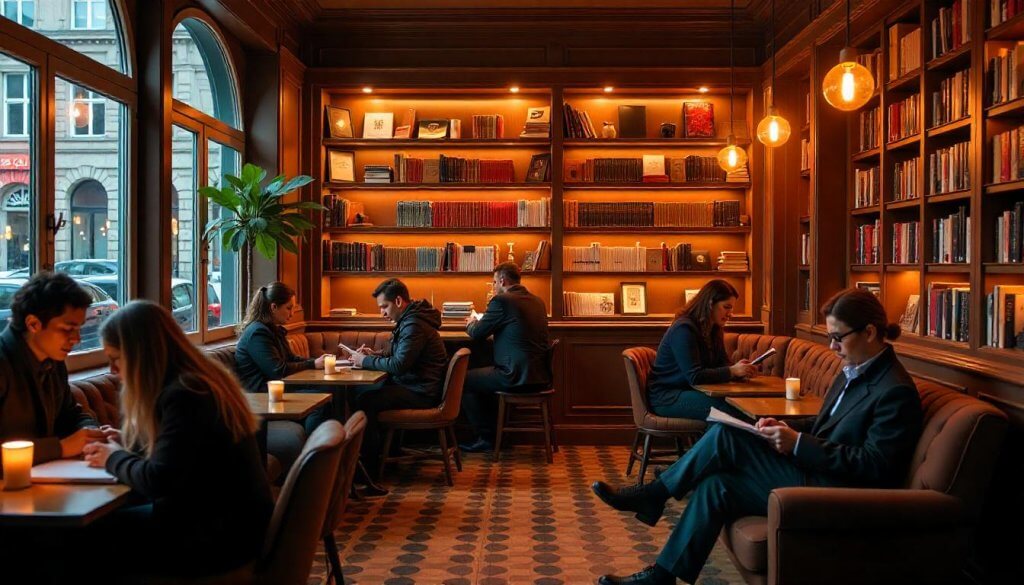 Moscow’s Literary Cafés and Bookstores">
Moscow’s Literary Cafés and Bookstores">
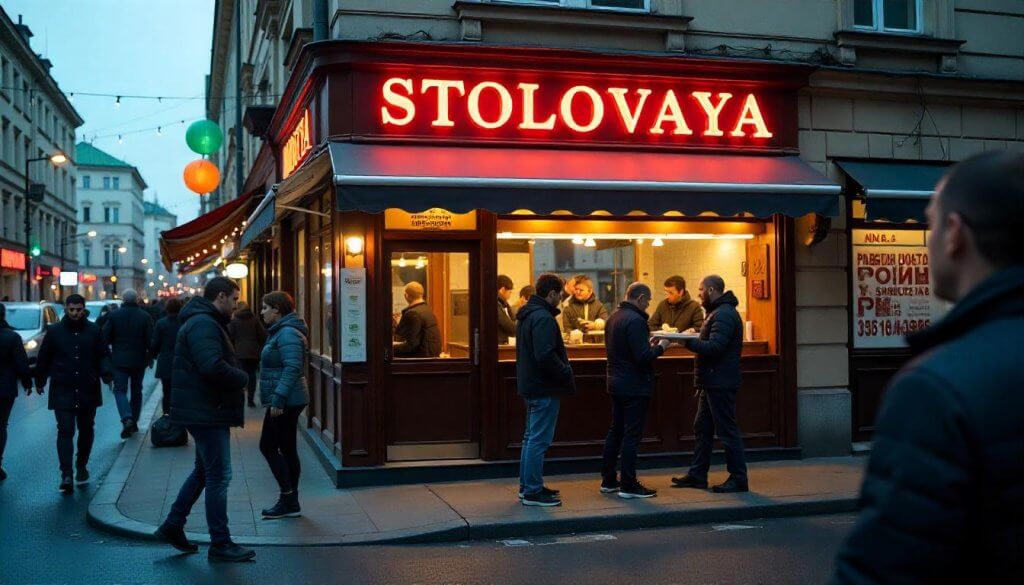 Tips for Visiting Moscow on a Budget">
Tips for Visiting Moscow on a Budget">
 Unique Guided Tours in Moscow: From Street Art to Food Walks">
Unique Guided Tours in Moscow: From Street Art to Food Walks">
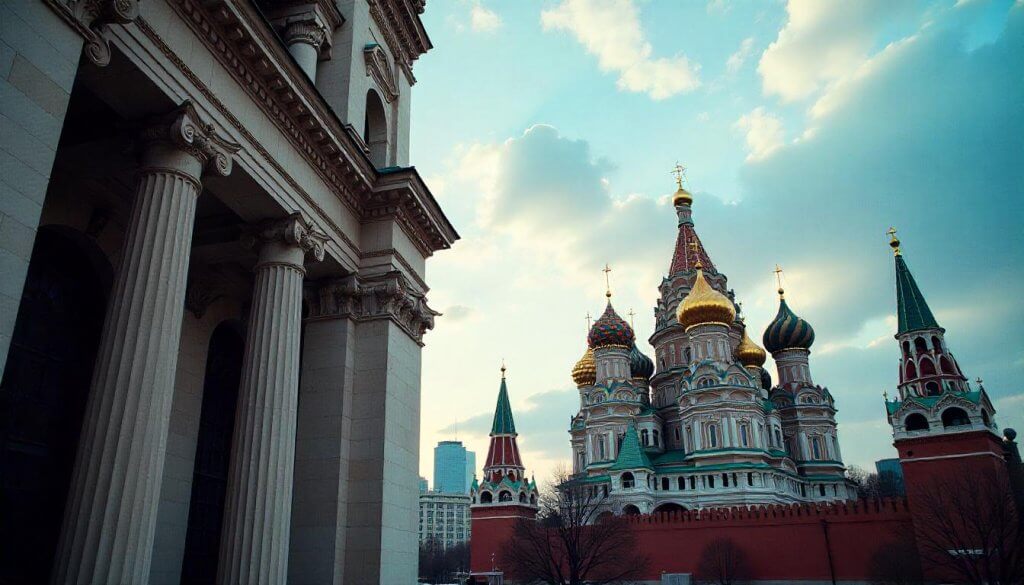 Moscow for Architecture Lovers: Styles and Icons">
Moscow for Architecture Lovers: Styles and Icons">
 Exploring Moscow’s Religious Landmarks and Spiritual Sites in 2025">
Exploring Moscow’s Religious Landmarks and Spiritual Sites in 2025">
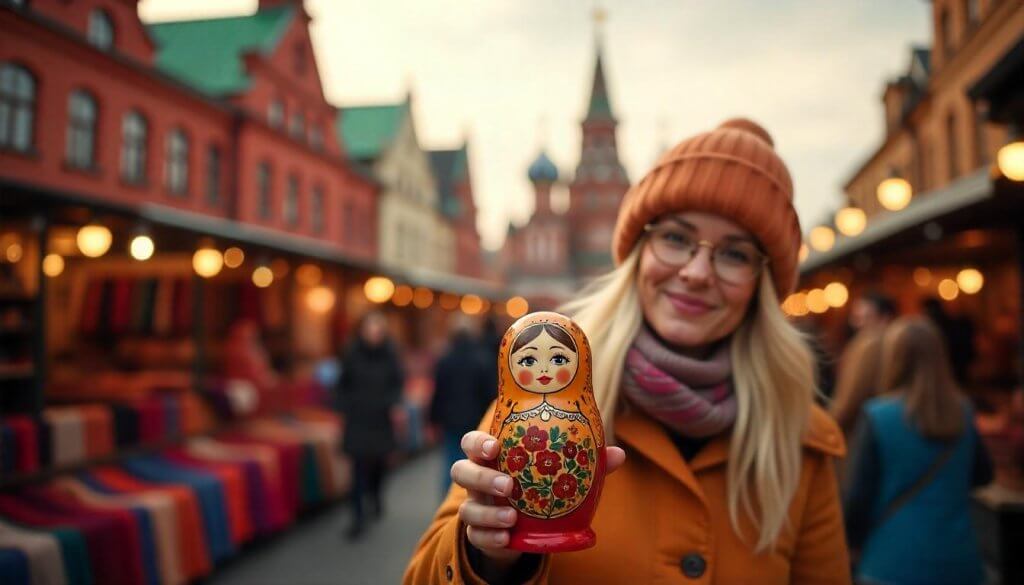 Moscow’s Most Instagrammable Locations in 2025">
Moscow’s Most Instagrammable Locations in 2025">